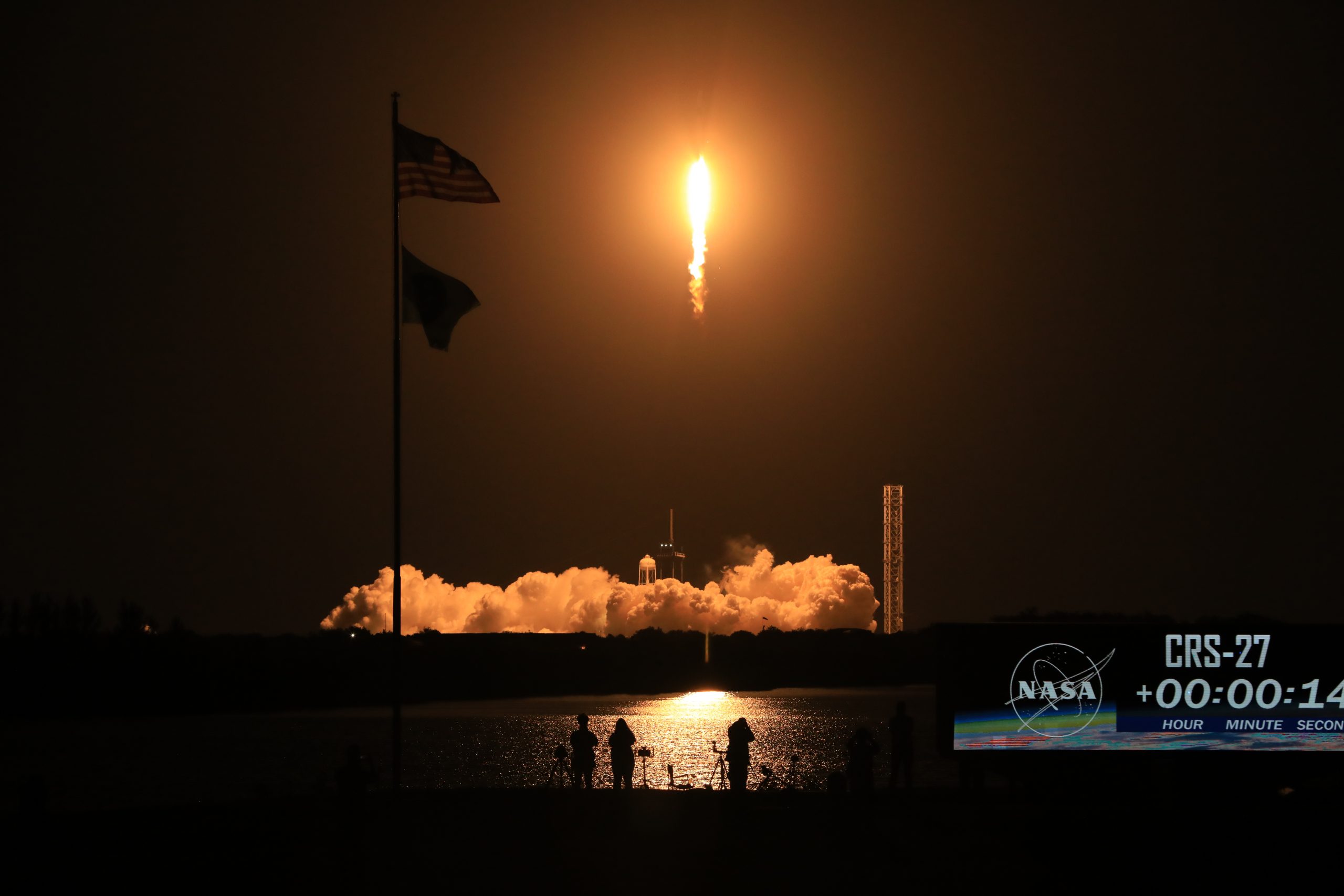TROPICS will launch aboard Rocket Lab’s Electron rocket, named Rocket Like A Hurricane, from Launch Complex 1 at Māhia, New Zealand. The Electron is an expendable, vertically launched, two-stage rocket that uses liquid oxygen and kerosene as propellants. Propellant loading has already begun for today’s launch and the rocket should launch in about five minutes.
Each Electron rocket is around 60 feet (18 m) tall, with an exterior made of a carbon fiber composite, that can carry payloads weighing up to about 700 pounds (320 kilograms). Each Electron rocket uses nine Rutherford sea-level engines on its first stage, and a single Rutherford vacuum engine on its second stage. These engines use an electric turbopump powered by batteries to deliver propellants/fuel to the engines. A payload fairing protects the spacecraft or satellite as the rocket climbs through the atmosphere. An extra stage, called a kick stage, powered by a single Curie engine, will circularize the orbits of the small satellites. Previous NASA missions that launched on an Electron rocket are the Cislunar Autonomous Positioning System Technology Operations and Navigation Experiment (CAPSTONE), as well as two Educational Launch of Nanosatellites (ELaNA) missions ELaNa 19 and 32.
Some of the launch team members are located within Rocket Lab’s private range control facilities at Launch Complex 1, located on the north Island of New Zealand. The bulk of the Electron operators, as well as NASA’s Launch Services Program team and spacecraft customer team will be on console at the Auckland Production Complex.



